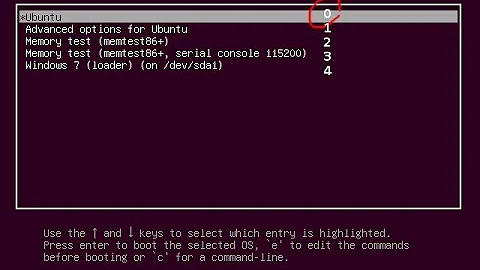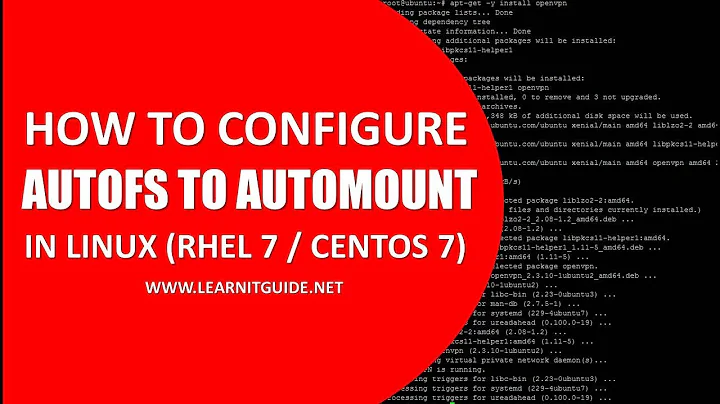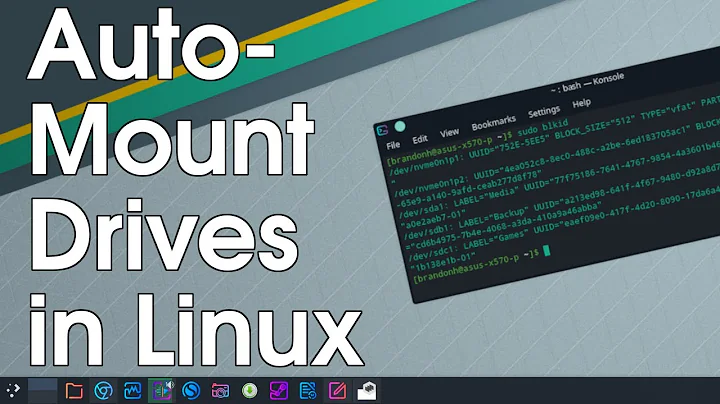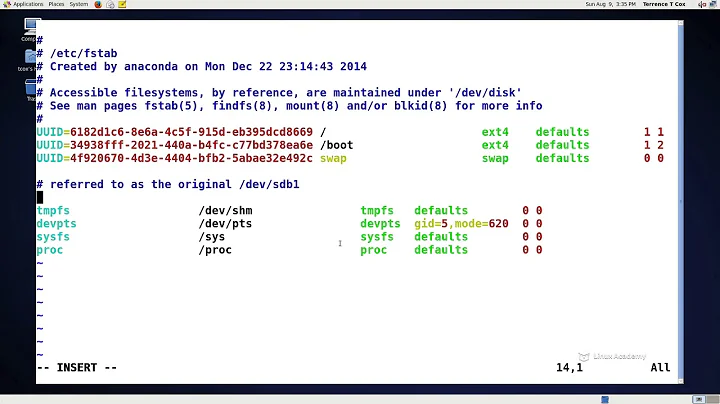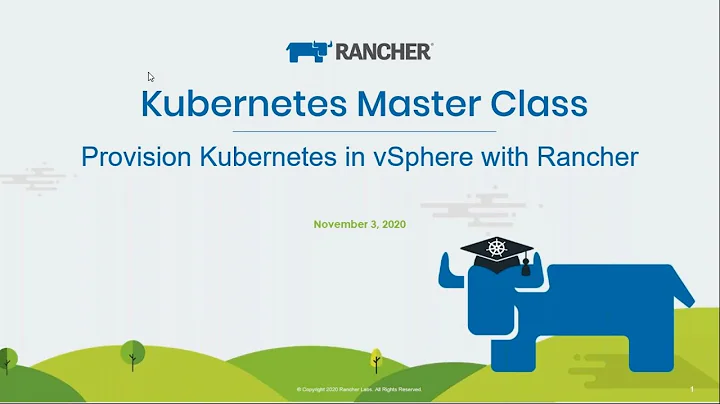Configure mounting timeout at boot
Solution 1
Now it is 2020 and this question can be updated to represent current status. In a nutshell, the timeout can be set by using x-systemd.mount-timeout parameter:
From manpages:
Mount units may either be configured via unit files, or via /etc/fstab (see fstab(5) for details). Mounts listed in /etc/fstab will be converted into native units dynamically at boot and when the configuration of the system manager is reloaded. In general, configuring mount points through /etc/fstab is the preferred approach.
and:
x-systemd.mount-timeout= Configure how long systemd should wait for the mount command to finish before giving up on an entry from /etc/fstab. Specify a time in seconds or explicitly append a unit such as "s", "min", "h", "ms".
Thus, for example:
/dev/sdc /mnt/backupdir ext4 defaults,x-systemd.mount-timeout=30 0 2
waits atmost for 30 seconds during the boot for that entry to be mount before give up.
Solution 2
Thanks for the hint with the console message; it saved me having to plug-in a monitor to the console of a test server (keyboard sufficed...)
That said, up to at least 14.04, Ubuntu supported a nobootwait option for fstab entries, which would achieve what you want; smth like this:
UUID=8b481900-fb7a-4e9e-929c-e940a6b913a4 /data ext4 nobootwait 0 2
Alas as mentioned in this other question, the nobootwait option was removed in 16.04 with currently no viable substitute other than the /etc/rc.local workaround described in the other answer.
Solution 3
Remove the mount by editing or commenting it out in /etc/fstab and replace it with an explicit mount command in /etc/rc.local.
Related videos on Youtube
Chaitya Shah
Updated on September 18, 2022Comments
-
 Chaitya Shah 8 months
Chaitya Shah 8 monthsOn remotely rebooting a 12.04 machine I found it hanging at the "unable to mount soandso: Skip, Manual Abort? " (That's pretty much how I remember the message) The machine was basically stopped there until I hooked up a keyboard and pressed "s". I can see the rationale for the question, but I'd really like to know where to configure it or turn it off altogether. A mandatory question like this makes sense in a desktop environment but for servers I'd like more flexibility. So where do I fiddle and tweak this?
-
 Mitch almost 11 yearscheck your settings in /etc/fstab
Mitch almost 11 yearscheck your settings in /etc/fstab -
 Rahul Virpara almost 11 yearsmay this helps unix.stackexchange.com/questions/29196/…
Rahul Virpara almost 11 yearsmay this helps unix.stackexchange.com/questions/29196/…
-
